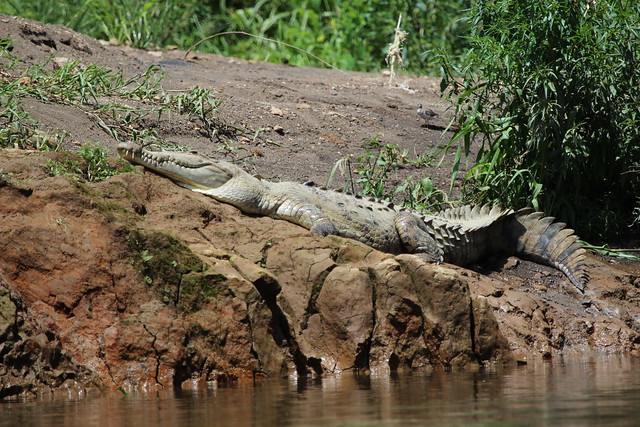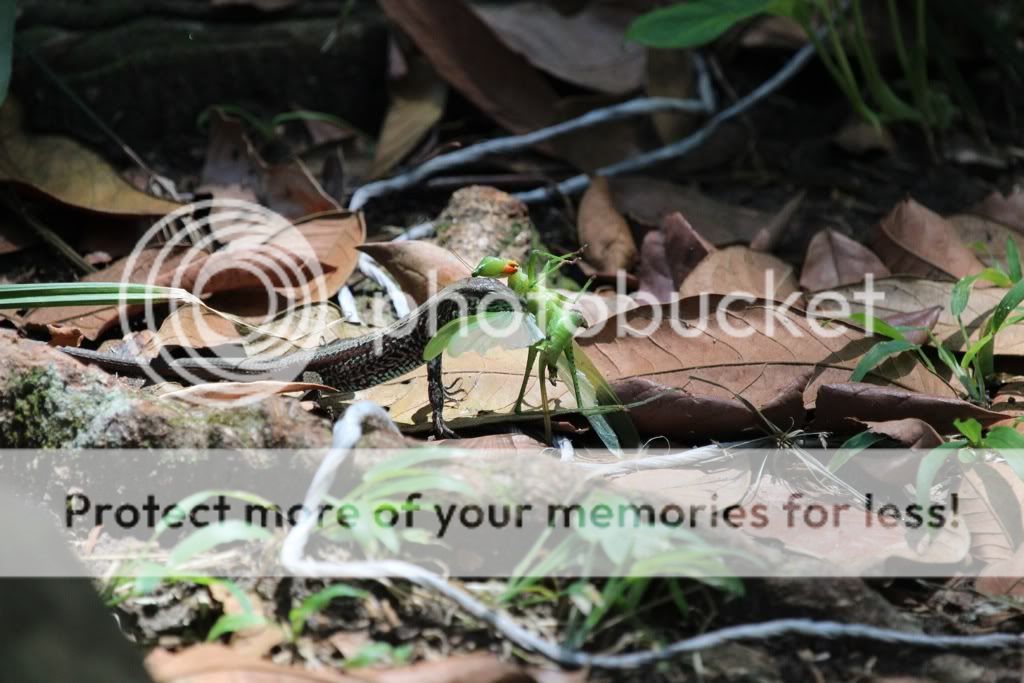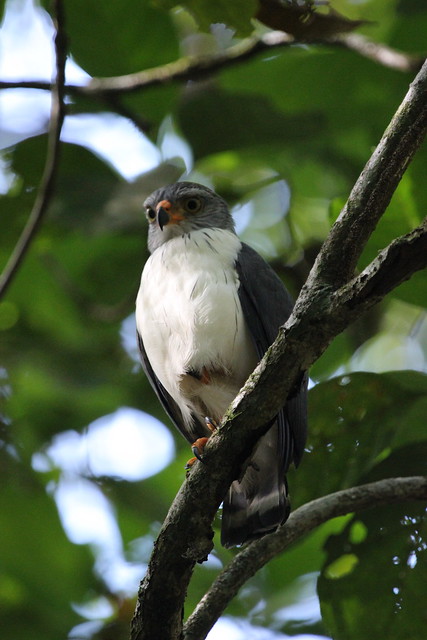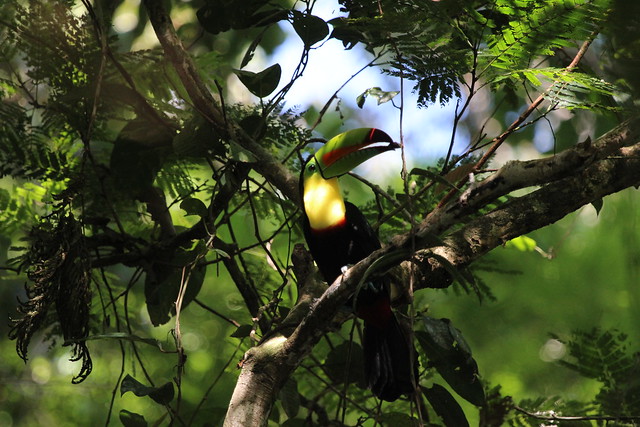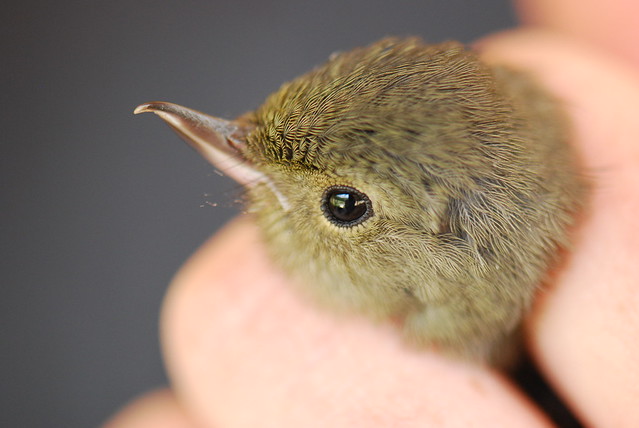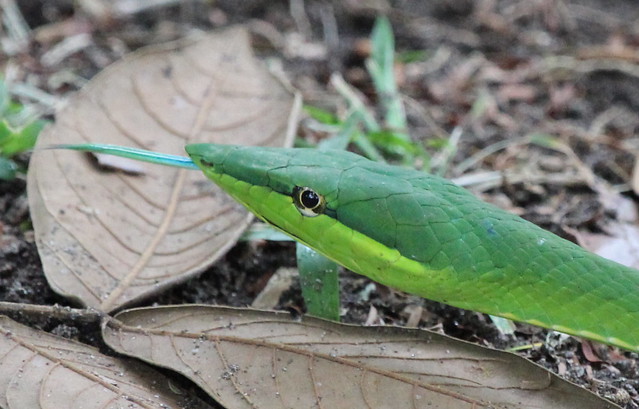Ok, so we catch and see a lot of hummingbirds. So far we've encountered 22 species through banding and birding, making them the most common family we catch, see or hear, and as you've seen, the most showy and elegant as well.
Purple-throated Mountain-gem

White-throated Mountain-gem

Volcano Hummingbird.


But because of their strong wings and small size they can be tough to hold and harder to band. Especially if you have run out of hummingbird bands for the time being, which come in big metal sheets and must be cut out, sanded down and shaped, quite the process.
But they can be easy to weigh.

They also come in all sizes, from the tiny Volcanos, weighing in as low as ~2.2 grams to the massive Magnificents, outweighing some songbirds at as high as ~8 grams.
Small
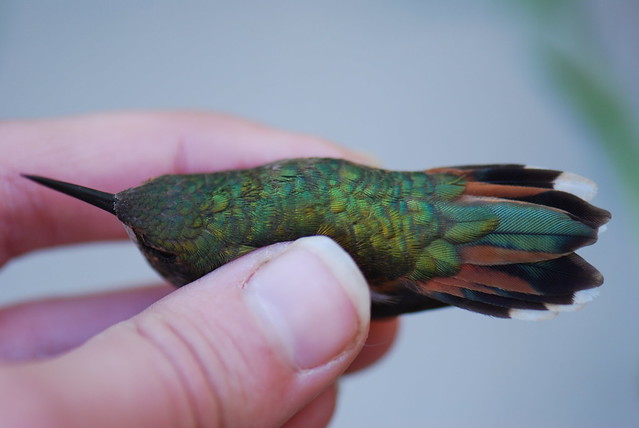
Big

Hummingbirds are also surprisingly loud, and persistently so. Green Violetears seem to be the most heard bird at our mountain site, with a clicking song that will go on for hours if undisturbed.

A youngin'

All birds can bring reptiles to mind through their look. I guess it's mostly in the legs for many birds, but does this Volcano not look reptilian to you?

Lastly, though loud, hearty and beautiful they might be, they do not appear any smarter than other birds...at least not this one. It was not injured throughout this ordeal, but after release it flew straight up into our porch ceiling, buzzing around, stuck...

Then it got really stuck...but quickly backed its way out and zipped away.


